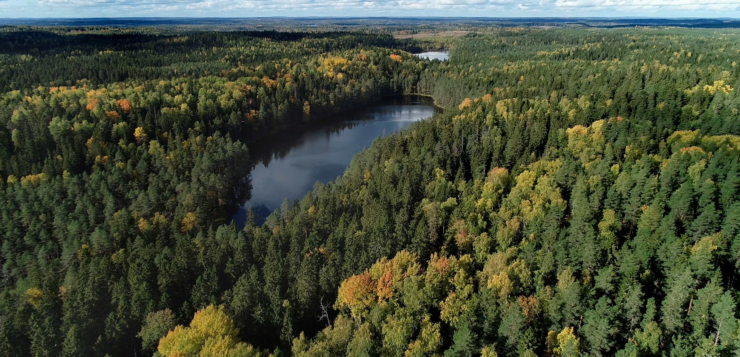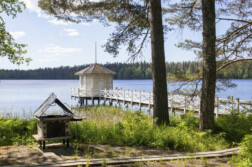Authors: Ilse Wijker, Pavel Kudrna, Yasiru Ranasinghe
Forestry sector has always been a major keystone of the Kanta-Häme industrial production. After all, the forest properties in this very region are ranked as the most valuable forest lands in the whole Finland due to the high quality of wood grown there. Thanks to this, the forestry base has been able to significantly contribute to the development of wood-based inventions which are set to be replacing fossil fuel products. These inventions have seemingly endless possibilities with the assistance of today’s technology and are being designed to be as efficient and sustainable as possible.

However, only specially harvested, and designated wood is being used to achieve these steps forward. As a result of forestry activities, a significant amount of waste wood is being produced and this waste is then partially used as heating source for local municipalities in Finland. This waste can include fallen debris on the forest floor like branches and small trunks, but also wood pieces that do not fit certain requirements (size or quality) in industrial production.
Our duty, as future forestry professionals, is to contribute to the sustainable development of the industry and therefore we have dedicated our time to find ways to utilize this waste wood in forestry bioeconomy and to discover how it is already used in the Kanta-Häme region. With the collaboration of HAMK, we have been able find several projects under the university’s authority, which are researching new ways and implementations of the waste wood in modern bioeconomy.
The world of BioColour
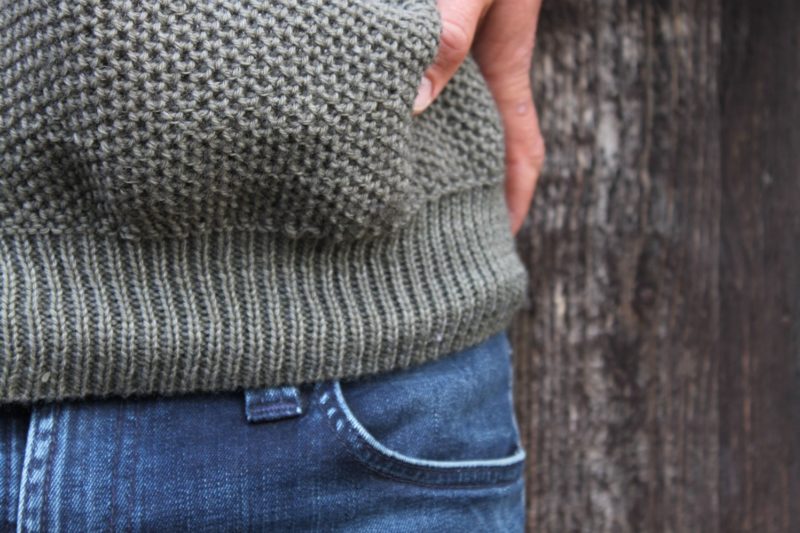
One of these projects is “BioColour”, a research project aimed at innovating the world of bio-colourants. This is a collaborative research project with University of Helsinki, HAMK, University of Eastern Finland (School of Pharmacy and School of Computing), North Caroline State University, University of Campinas, VTT Technical Research Centre of Finland Ltd, Aalto ARTS, Aalto Bio2 and Luke.
The current methods of dying are based on synthetic dyes, so a lot can be done to improve this industry. The researchers for this project are focused on finding alternatives to these synthetic dyes and are looking at implementing waste wood as one of these alternatives.
The future of energy

The Wood2Biogas is an EIP-project is funded by Rural Development Programme for Mainland Finland. It focuses on developing ways of utilising waste wood in the production of biogas. The main principle is built upon increasing the methane particles as well as producing biochar as a side product.
The process of gasification also creates other benefits, such as thermal energy, that can be used to further strengthen local bioeconomy. The project aims to raise the awareness and interest in local biogas plants and to help develop new technologies in the biogas production.
From ash to life
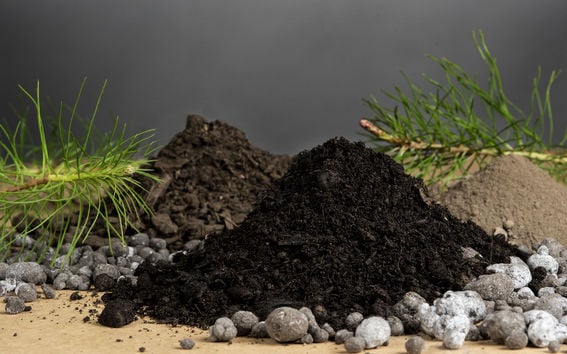
As the environmental impact of artificial fertilizers is being recognized, the need for less eco-heavy materials rises. The Aalto University is one of the front runners for producing such fertilizer. Their product is a mixture of ash, mixed with side streams of various production plants as well as waste wood.
This fertilizer is very rich in nitrogen, phosphorus, and potassium, which makes it very efficient for Finnish forest lands. It has also been confirmed that this new fertilizer is also much more environmentally friendly in its production and it also erases the impact of chemicals which are being released by artificial fertilizers.
The interest is lacking
Finding other ways of waste wood being used in Kanta-Häme can prove rather difficult. Several more projects involving wood under HAMK’s authority could be using waste wood as a partial source for their future development. However, the issue is the supplementation. As stated by Kalle Lintinen (Lignis project), waste wood, if sufficient quality, could be used as a source of pulp, but there seems an abundance of suppliers for this type of wood. Naturally, to notify these possible suppliers, a larger demand needs to be created.
Development is already in motion
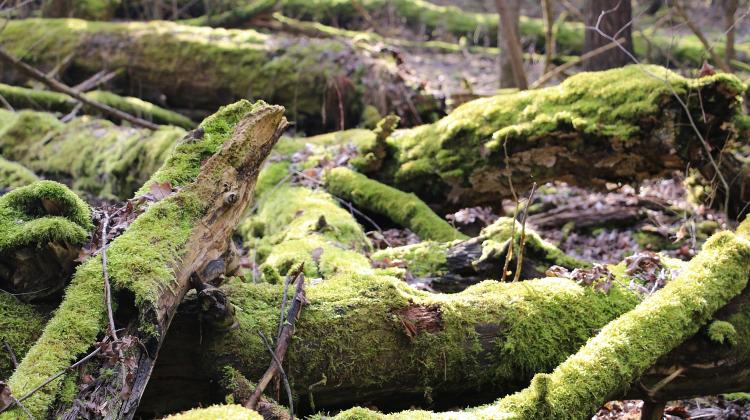
It is also important to emphasise on the fact that not all waste wood can be suitable to produce bioproducts. Even waste wood needs to reach certain proportions for pulp wood to be extracted. Pulp also cannot be extracted from wood that has been contaminated with harmful chemicals as its further processing would endanger the quality of the final product.
The current solution of waste wood being used as a heating source for local regions is also very efficient, however with the ever-getting stricter European Commission laws, this possibility may get severely limited in the near future. Waste wood is also important for supporting a local biodiversity during artificial fellings, therefore a notable portion needs to remain in the forests.
What is next?
All these projects and innovations are largely dependent on pulp wood. This wooden product can, however, also be produced from waste wood. This could not only serve as a supplementation for directly order and harvested pulp wood, but it could also help to reduce the environmental impact as well as improving the efficiency of circular bioeconomy in the Kanta-Häme region.
To utilize the full potential of waste wood, a supplying chain needs to be created and promoted. It is also necessary engage in a direct communication with wood processors, discovering their needs and utilization of waste wood in their production. Our team would like to therefore emphasise the importance of establishing this narrative and urge the Kanta-Häme region for promoting actions to utilize waste wood for the overall wellbeing of the local bioeconomy.
References
BioColour. (2024). Biocolour-Future’s Pallet. https://biocolour.fi/en/frontpage/
Forest.fi. (2020). Wood ash and compost for fertilizing forests. https://forest.fi/products-services/wood-ash-and-compost-for-fertilizing-forests/#d046d144
Forest in Kanta-Häme. (C) Evon retkeilyalue – Evo Hiking Area. (2023). Syksyn retkivinkit Evon retkeilyalueelle. https://www.facebook.com/evonretkeilyalue/posts/pfbid02F8PcEBR7MLgtzTRwFwH5hfHcoqoqjrtW5xo6BUWo5oJdBSgpKPC5RieRxgabgbPZl
HAMK. (2024). Lignis. HAMK. https://www.hamk.fi/en/projects/kohti-hiilineutraaleja-ligniinipohjaisia-palonsuojaratkaisuja-lignis/
Häme University of Applied Sciences. (2024). Wood2Biogas. Häme University of Applied Sciences. https://www.hamk.fi/en/projects/wood2biogas/ Liljeeros. H. (11.1.2024). Hannun hintaseuranta: Vuosi 2023 – kun hintaralli pysähtyi. Metsälehti https://www.metsalehti.fi/artikkelit/hannun-hintaseuranta-vuosi-2023-kun-hintaralli-pysahtyi/

